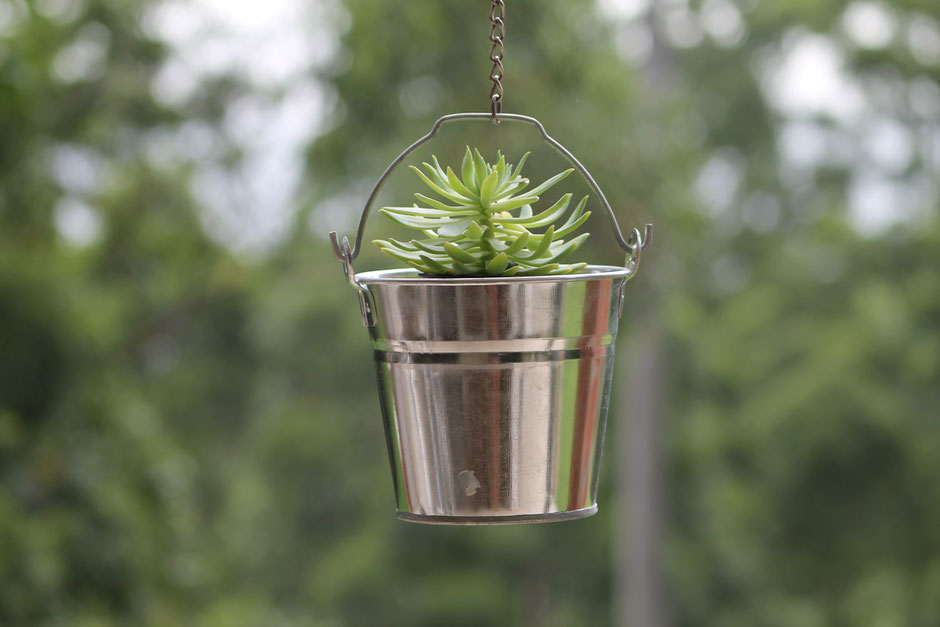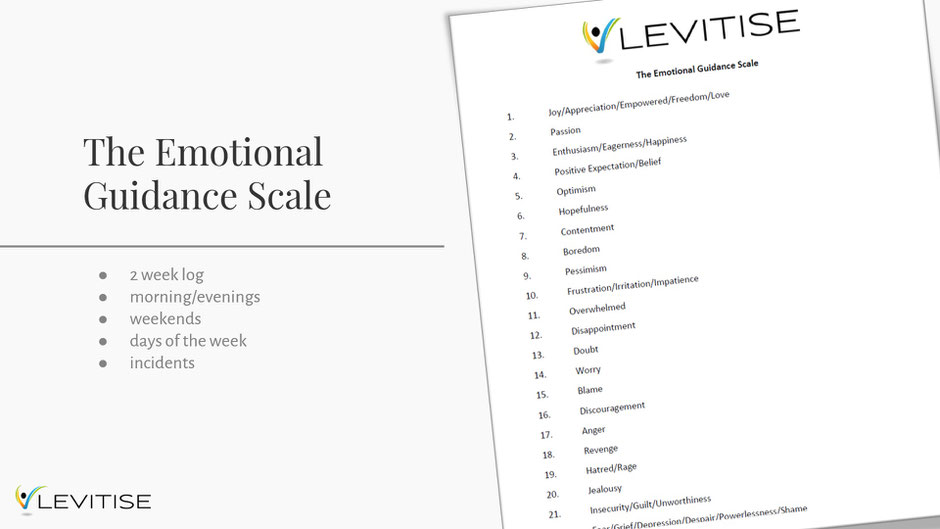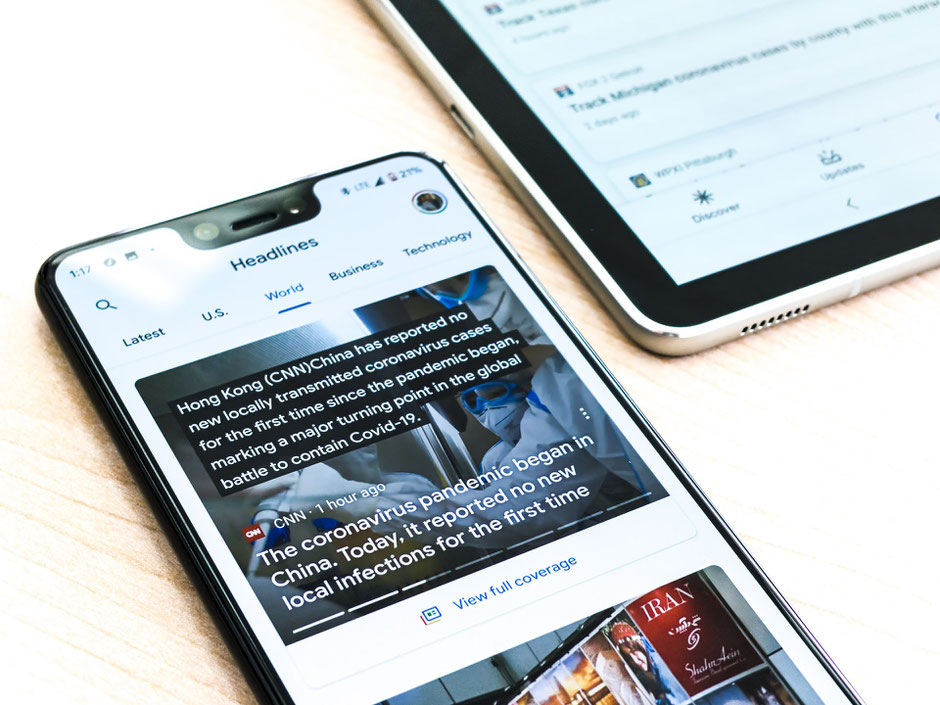Today’s post was sparked by a conversation in the studio with the team about how to put together a blog post that could really help people with their stress and anxiety with fool proof instructions. At the time of writing (July 2021) we’re going through our third covid lockdown in Singapore, so we thought it was essential to do something on this topic to help as much as possible with the additional frustration everyone’s feeling. Read on to see how to supersize your stress bucket and build your mental resilience.
We came to 3 conclusions about what we need to do:
- We need to do something that is proven to expand mental resilience that people can do on their own. It needs to be simple with clear instructions.
- We can’t plumb for “quick wins” because they don’t work. Quick wins in the stress & anxiety world are booze, medical drugs, sugar etc. Extremely short term success but medium and long term failure.
- We need to measure where we are at, so we can see that we’re making progress. Many people who work with us on the personal training side of things have quit previous trainers because they weren’t measuring their progress. Quantifying your good results, whether they be physical, mental or emotional, really help to motivate and reinforce those healthy habits.

1. The Scale of Emotions Log
First off, we want to measure where we’re at. Take a baseline. Doctors don’t dispense medical drugs without running diagnostic blood work first and likewise we should do the same with our mental health. There are several ways to do this such as with questionnaires, using monitoring devices like Heart Rate Variability monitors (apps, the Oura Ring) and Hormone Panels that measure stress levels in the saliva.

What we like is a tool called, The Scale of Emotions, whereby you track your emotional level as soon as you wake up in the morning and just before you go to bed. Take a look at the picture above. The emotions are ranked with the most positive at the top and the most negative at the bottom. If you are stressed you will feel one, or more, of the negative emotions. And if you are feeling one of the negative emotions you will get stressed. There’s no escaping it. Stress cannot exist without an accompanying emotion. So, by measuring the magnitude of our emotional feelings we can see how stressed we are.
So, what do you do?
- STEP 1: Download the spreadsheet log by clicking on the link underneath these steps and stick it on your phone (google drive for example) or print it out and put it next to your bed.
- STEP 2: Change the first date so it corresponds to the day that you’ll start the log
- STEP 3: First thing tomorrow morning, as soon as you wake up, think about how you feel, look up that emotion on the chart and stick it in the box in the spreadsheet. Use the chart to help you pick an emotion if you’re not sure. If you are feeling several emotions, then take an average.
- STEP 4: Repeat step 3 but do it last thing at night. The very last thing you do before you shut your eyes and go to sleep.
- STEP 5: Repeat for day 2 until you have completed a weeks’ worth. The spreadsheet will automatically calculate daily averages, a morning average, an evening average and a grand average. The grand average is your baseline emotional stress number.
Do this for the first week. Don't do anything else. We'll put this together for you in the wrapping up section at the bottom.

2. Implement Your Solution
Pick 1 of the following 3 solutions. Please read them all first. And then go with your gut instinct and pick the one that feels like the best option for you.
Option 1: Guided Meditation
Meditation permanently alters the physical structure of your brain, so you start seeing the world in a better light. Full stop. However, it can take a while to notice that it’s working and can be difficult to get started because you are always second guessing yourself, “am I doing it right”, “am I thinking too much”, “I can’t turn my brain off", "I keep thinking about work” etc. Stop making excuses and just get on with it. Ideally you need to do it for 100 days straight to see how effective it is. But we’re going to do 28 days only and start off with baby steps. For the first week this is only going to require 5 minutes of your life (0.3% of your day, the other 99.7% is yours).
- STEP 1: Download the headspace app
- STEP 2: Watch the intro stuff and do the breathing exercise
- STEP 3: Click on the basics pack
- STEP 5: Select 5 minutes and then play
- STEP 6: All done! Do the same tomorrow
You can use it for free for 7 days but after then you will be billed. I suggest signing up for the 1 month package first for 18 dollars to see if you like it.
- Week 1 - do 5 minutes a day only. No more, no less.
- Week 2 - increase the meditation time to 10 minutes a day
- Week 3 - increase the meditation time to 15 minutes a day
- Week 4 - increase the meditation time to 20 minutes a day
N.B. If you feel like doing more than 5, 10, 15 minutes a day DON’T. We’re trying to build a practice. The regularity, the frequency, the commitment is what’s going to get you the results. Not overenthusiasm that gets thrown out of the window as soon as life throws you a curve ball.
When are you going to do this? Best is first thing in the morning as you’ll most likely make it a habit. Just pick a time that you can stick to daily.

Option 2: Alternating Leg Drop
Qi gong, kundalini yoga, tai chi are all great movement routines to help detox the body physically and mentally. The problem is they’re all a bit difficult to learn and take time. Zonal exercises achieve the same effect, or sometimes an even more powerful effect, but are also super simple to learn. These moving meditations not only bring peace, calmness and mental resilience to the mind but also the repetitive movement brings oxygenated blood flow to the internal organs to aid in healing.
What we’re going to show you here is the alternating leg drop because it doesn’t matter how old you are, how unfit you are, how out of shape you are you can do this. Watch the video and we’ll show you how.
So how long to this for? As with the meditation above like this
- Week 1 - 5 mins in the morning
- Week 2 - 10 mins in the morning
- Week 3 - 15 mins in the morning
- Week 4 - 20 mins in the morning
When are you going to do this? Best is first thing in the morning as you’ll most likely to make it a habit. Just pick a time that you can stick to daily.

Option 3: News and Social Media Detox
So, this last one is not technically going to increase the size of your stress bucket but it will empty it of pointless junk and hence create more space, tolerance and mental resilience so you start feeling better. The key here is to give up the news, social media and everything else where news and information is pushed to you. The only information you should acquire is that which you deliberately seek out.
- Week 1 - Wednesday and Friday are your news/social media detox days
- Week 2 - Mon, Wed, Fri, Sun and your detox days
- Week 3 - Mon, Wed, Thur, Fri, Sun
- Week 4 - Now go the whole week avoiding all news and social media

3. Retest Scales of Emotions
So we've now had a week of testing and 4 weeks of either meditation, zonal exercise or news detox. We're now in week 6. So we want to keep going with one of the 3 solutions and repeat the scale of emotions log again to see what's changed, what's improved.
Wrapping Up
So, to be clear we’re doing the following
- Week 1: Assess your stress levels using the Scale of Emotions worksheet
- Week 2 to 5: Implement one of the 3 solution; gradually ramping up the time spent doing it
- Week 6: Reassess
And if you tried that and can say, hand on heart it didn’t help, then give us a call and we promise to give you a free holistic lifestyle coaching session 😊.
The Levitise Team
P.S. If you love this blog post then do check out our fortnightly newsletter where you'll get the freshest content on health, nutrition and fitness delivered straight to your inbox. Don't miss out and sign up here.

Write a comment